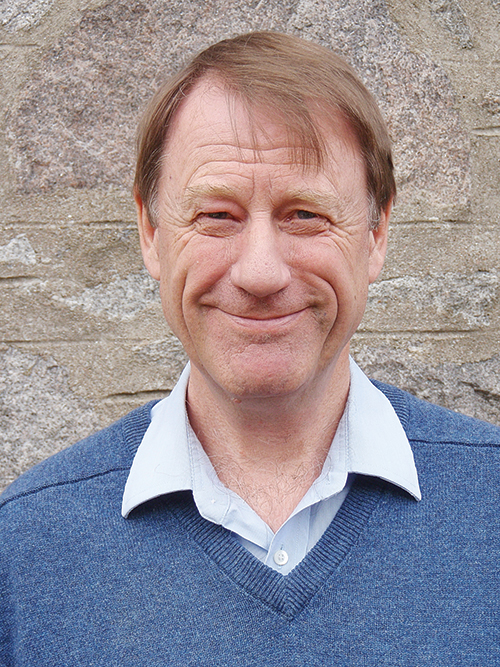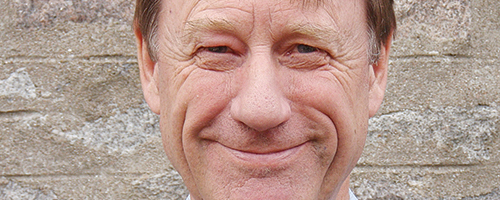Tonight, the Portland State Department of Architecture will host renowned British anthropologist Tim Ingold at 6 p.m. for the fifth lecture in its annual series, which looks to unite interdisciplinary thinkers around common and popular questions within the field.
A look at “place” in architecture

Tonight, the Portland State Department of Architecture will host renowned British anthropologist Tim Ingold at 6 p.m. for the fifth lecture in its annual series, which looks to unite interdisciplinary thinkers around common and popular questions within the field.
This year’s series—named Placing—is an exploration of the concept of “place,” a philosophical idea popular in architecture studies since the 1960s that has come under fire in recent decades for its failure to adapt to rapid changes in urban or cultural environments.
In order to address these questions with fresh perspectives, the School of Architecture typically fills its lecture series with speakers from a broad array of disciplines.
“We have several architects in the lecture series,” said Juan Heredia, an assistant professor of architecture at PSU. “But we also have an urban designer, a landscape architect and an anthropologist.”
Ingold was a natural choice for the event. As chair of social anthropology at the University of Aberdeen in Scotland, Ingold has sought to dissolve the boundaries between social space and physical space within different cultures—an approach that often leads him into the study of other disciplines, such as art and architecture.
“I was thinking about how environments are perceived, shaped and transformed—and particularly about the linear quality of movement, observation and description—and people started telling me that this was actually architecture,” Ingold said.
“Architects seemed to find what I was thinking rather more interesting than my anthropological colleagues did.”
For Thursday’s lecture, Ingold hopes to investigate notions of space, and what he calls the “difference between the landscape and the earth-sky world.”
In addition, Ingold will elaborate on his idea that buildings are “woven from strands or fibers rather than assembled from solid blocks,” an idea which seems abstract at first but is perfectly representative of the interdisciplinary blending the Department of Architecture hopes for from the series.
“The purpose is to have a diverse set of speakers with varied interests [in] design, art and culture who can address the theme of the series from a variety of perspectives and offer a glimpse [of] the complexity of architecture and its importance for the public realm,” Heredia said.
It’s not just architecture that piqued Ingold’s interest in the Placing lecture series. The attempt to cross-pollinate across different disciplines has long fascinated Ingold, and he would rather think of them as “lines of interest” than fields of study.
“Although my project is interdisciplinary, it is also anti-disciplinary, insofar as it challenges the conventional notion of the discipline as the study of, for example, art or architecture,” he said. “My aim is to weave these lines together, rather than to build bridges between territorial fields.”
The final lecture in the Placing series will be held on May 2, with a talk from landscape architect Julie Bargmann. In addition, a spring symposium titled “Strange Utility” will be held in late April; next year’s lecture series is tentatively titled Unclad.
More information on future events can be found at pdx.edu/architecture.





